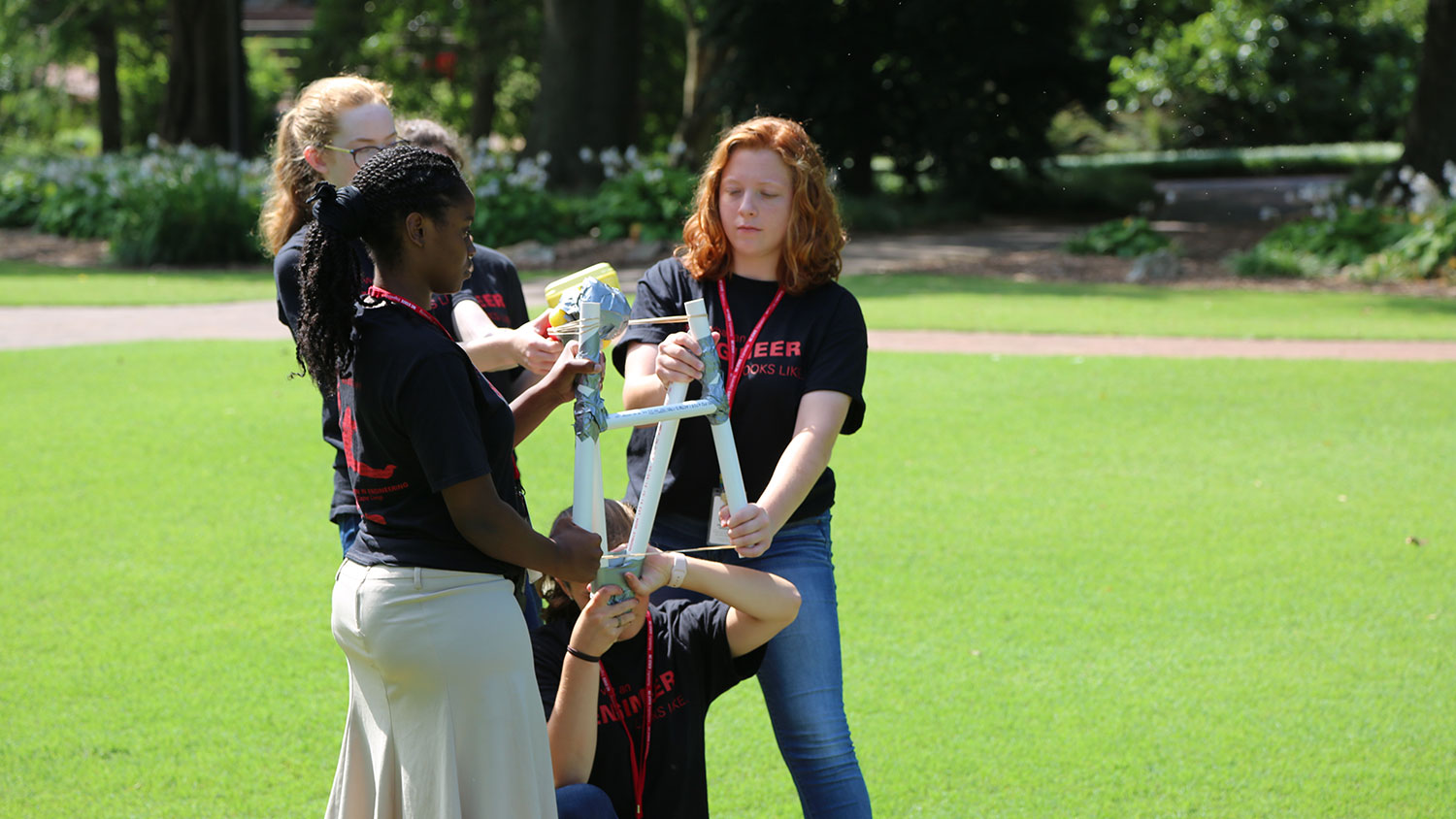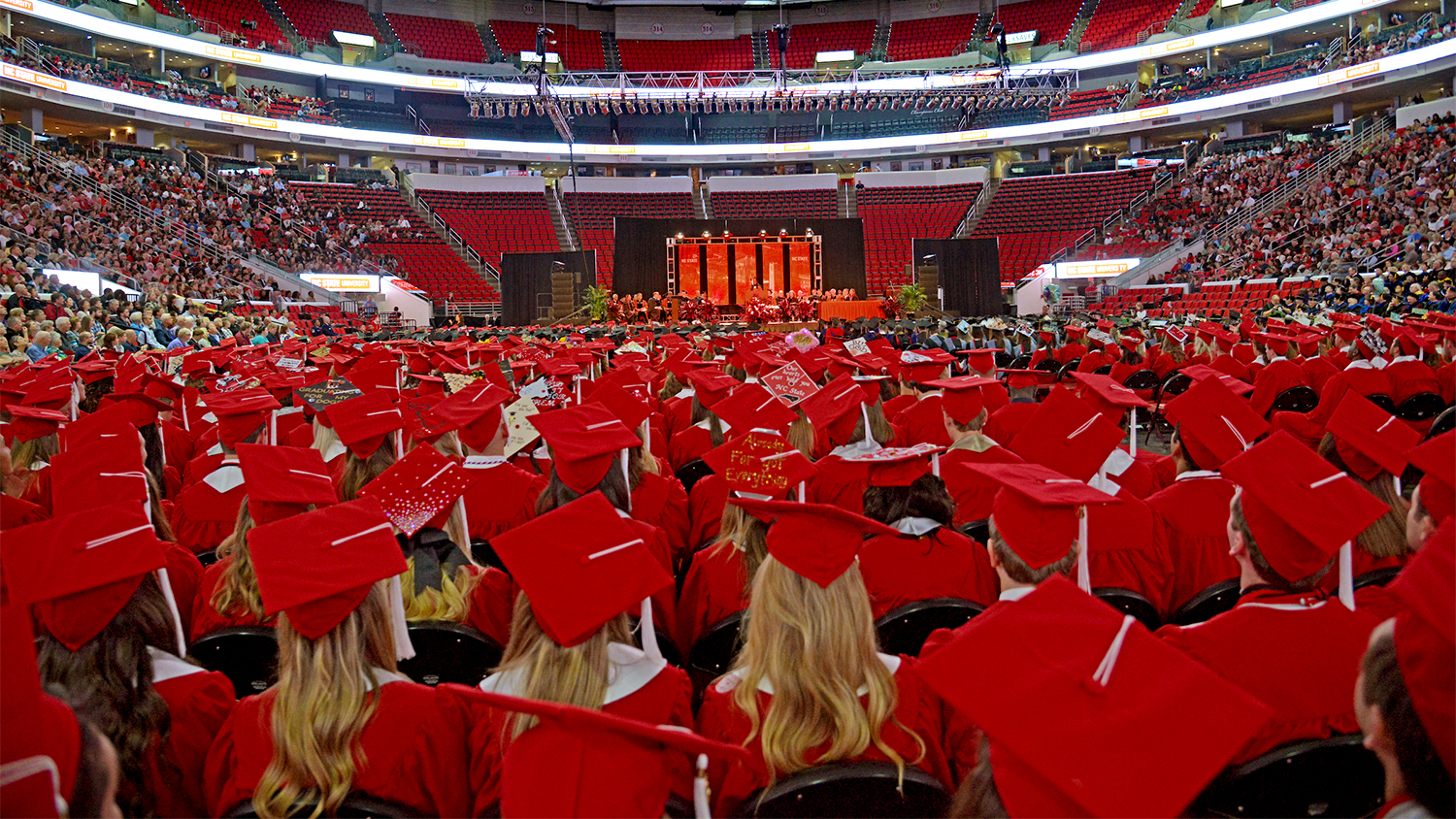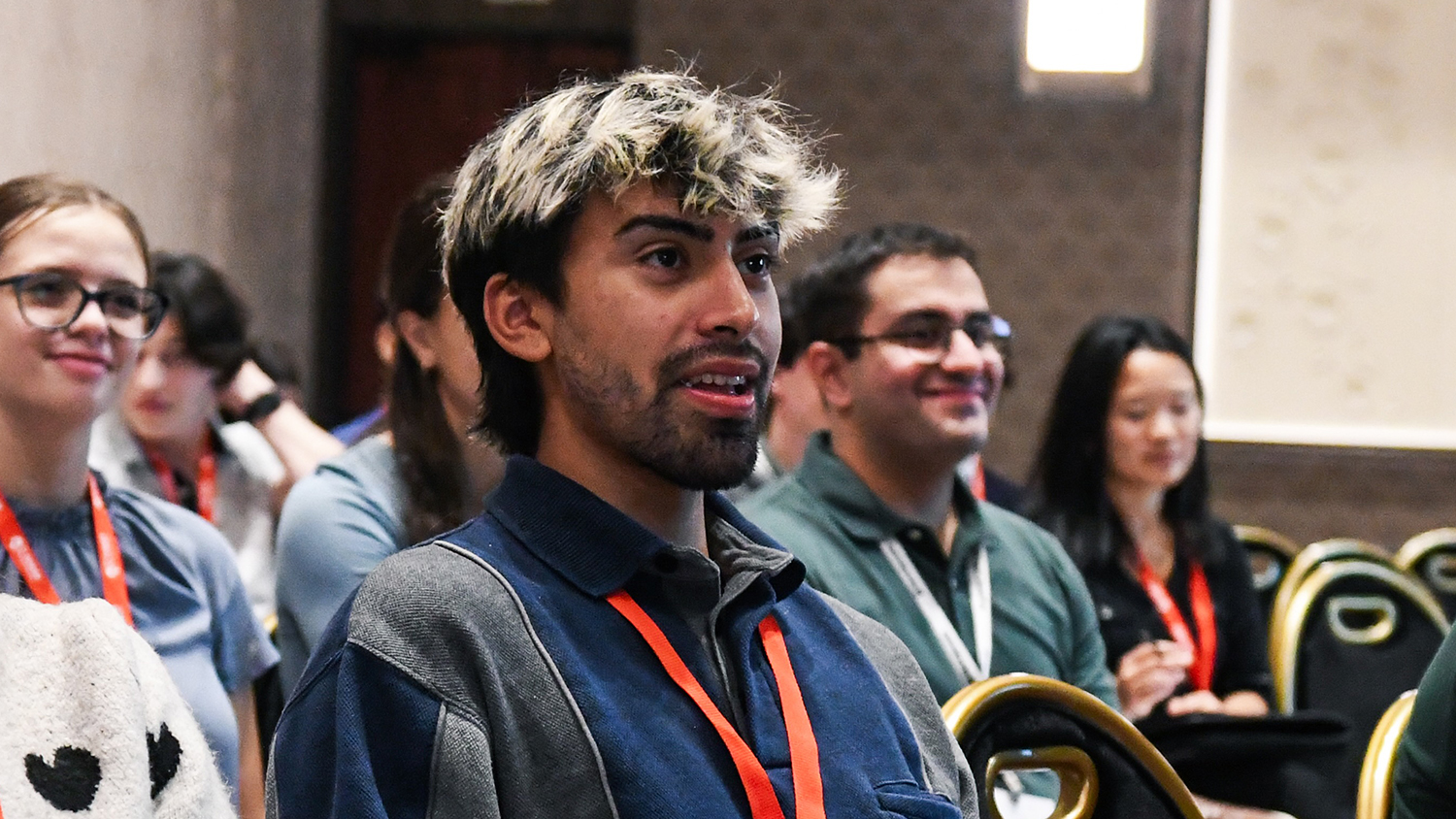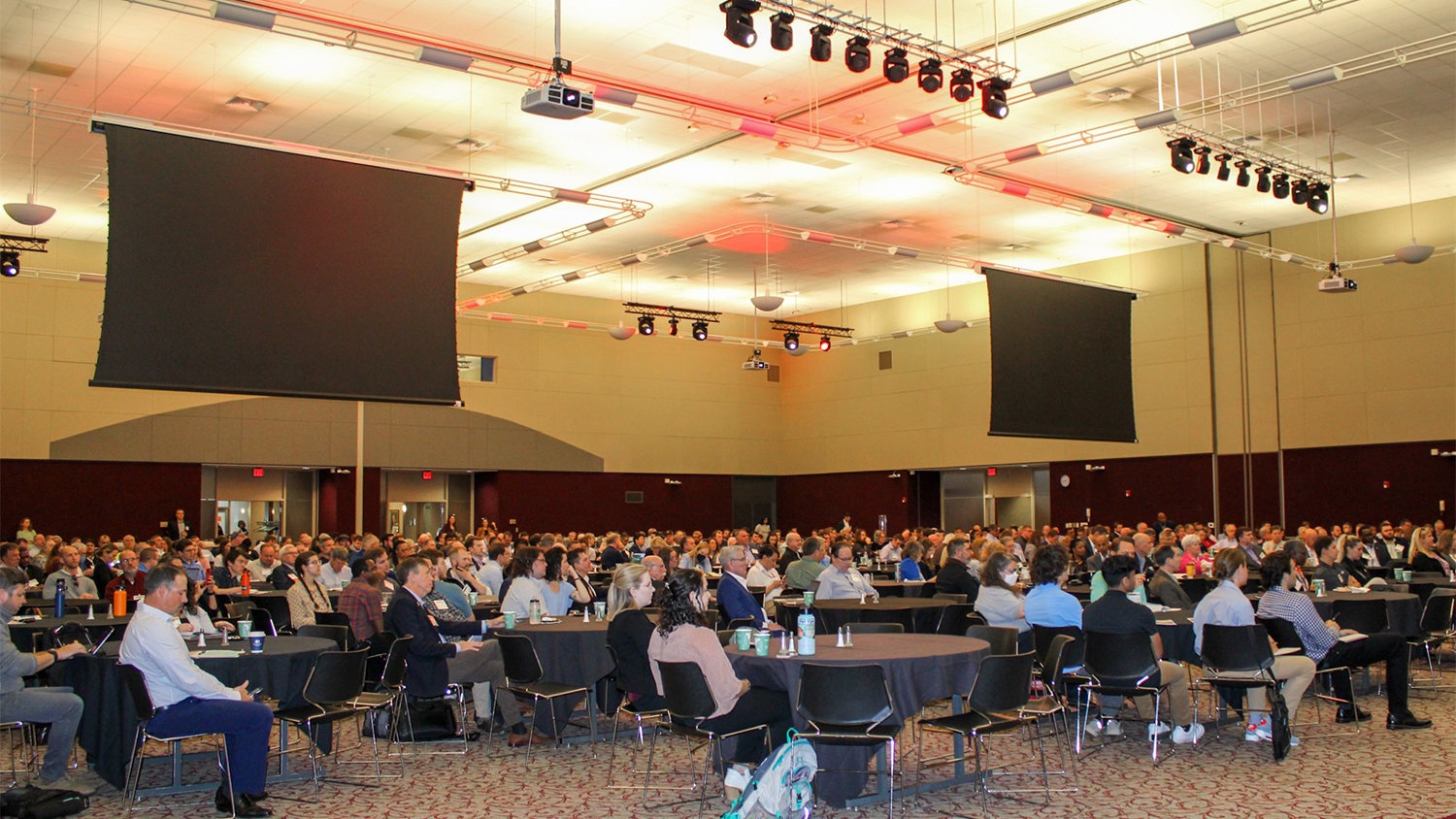Incoming female first-year engineering students create their own “moon” landings

On July 19, the day before the 50th anniversary of the moon landing, incoming NC State female first-year engineers took on their own mission — launch and land an astronaut on the moon, or in this case, the Court of Carolina.
The stakes might not have been as high as they were on July 20, 1969, but that didn’t stop the student teams from building and then rebuilding their launchers to make sure their astronauts, which were actually eggs, landed safely.
“Our top goal was for the astronaut to survive, and we achieved that,” said Elizabeth Holtz, an incoming first-year on the team called Space Odyssey, named in honor of David Bowie.
The 50 students were all participating in the annual ESCape Camp, a summer bridge program that helps incoming female first-year engineering students build a network before starting at NC State for the fall semester.
“We always do some kind of engineering activity,” said Dr. Laura Bottomley, director of Women in Engineering and one of the leaders of the camp. “But because the 50th anniversary of the moon landing fell during the camp, it was too good to pass up.”
Students were divided into teams of five or six and had 30 minutes to design their moon launcher and lander after a brief lesson on physics and on how engineers tested equipment at the Langley Space Center for the 1969 moon landing. While their materials differed from what NASA engineers used — the teams were working with items like PVC pipes, Styrofoam, duct tape, rubber bands, plastic forks and pipe cleaners — some of the basic theoretical principles remained the same.
“This mirrors real-life engineering in many ways,” Bottomley said. “If we were to write down the mathematical equations that they’re using, they are the same as if we were actually doing the test of the lunar splashdown unit at Langley.”
The students quickly realized the value of teamwork as they approached the problem at hand in their own unique ways. During the 30 minutes of preparation time, all were huddled and hard at work, not wasting any time and often changing their initial designs.
“We had a base that was supposed to be almost like an inverted triangle at first, and then we changed it to posts with the brace in the back, and then with the rubber bands, it was sort of like a slingshot type of thing,” said Tabitha Gardner, also on Space Odyssey.
After their preparation, each team took turns launching their eggs across the lawn on the Court of Carolina. All managed to get their landers in the air, but some had more success than others.
The winning team, Eggspedition, used a slingshot to launch their astronaut egg, which was wrapped in a circular protective layer created with cotton balls, pool noodles, rubber bands, bubble wrap and duct tape. The circular shape also gave them a roll, helping their lander go farther. They had started out using a pair of tights for their slingshot before building one with rubber bands, and they tested their launcher by using a PVC pipe as the egg.
“We learned not everything works the first time,” said Chloe Hincher, member of Eggspedition. “It was definitely a team effort.”


